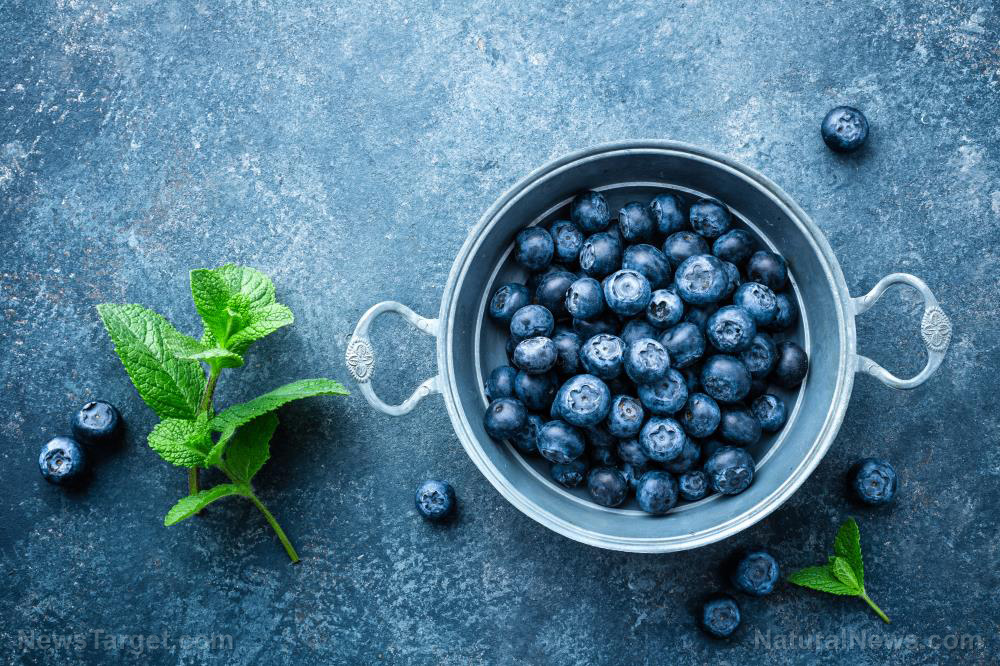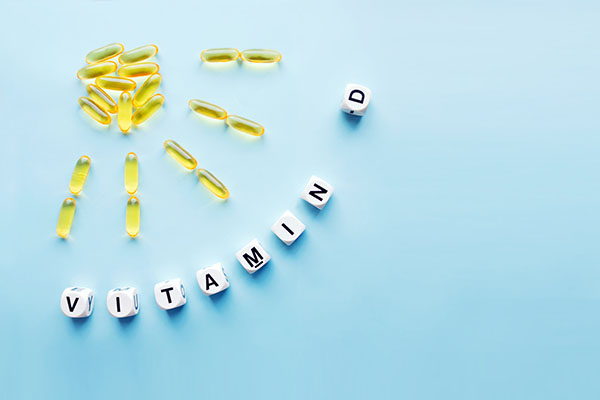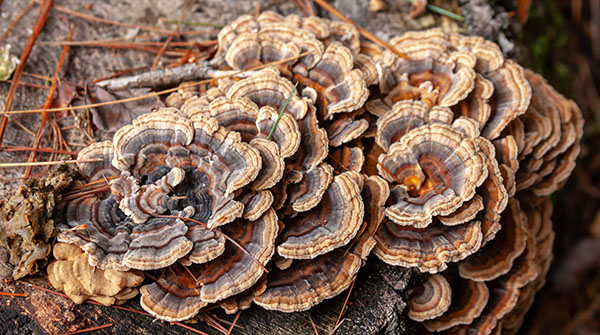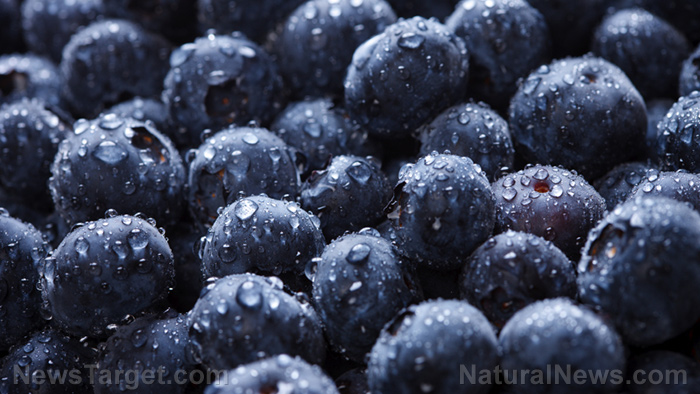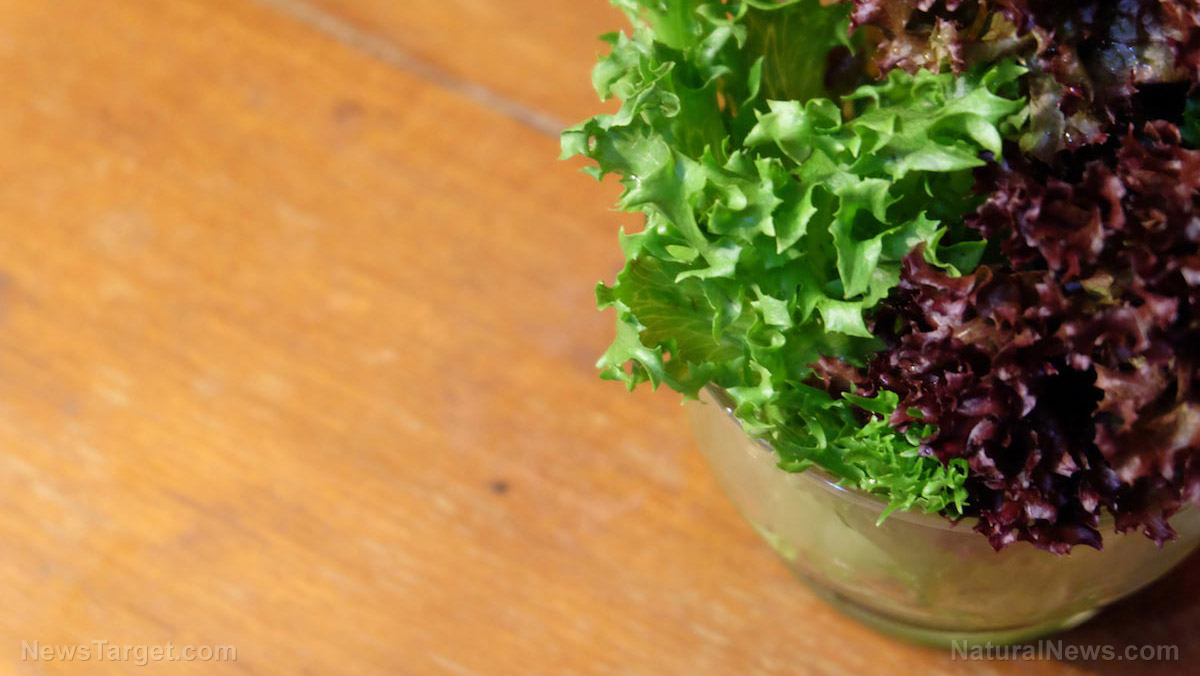
Also known as the "Lollo Rossa," "New Red Fire Lettuce," or the "Red Sails Lettuce," red leaf lettuce is a red or purple-colored cultivar of Lactuca sativa.
Aside from its bold, arresting appearance, its crisp texture and its subtle yet refreshing flavor, red leaf lettuce is also an incredibly nutritious vegetable that offers many health benefits, making it a worthwhile addition to anyone’s diet.
Red leaf lettuce is packed with essential nutrients
Don’t let its low-calorie count fool you: Red-leaf lettuce packs an impressive, nutrient-rich punch, with an 85 g serving packed with the following nutrients:
- Protein: 1 g
- Fat: 0.2 g
- Fiber: 1 g
- Vitamin K: 149% of the Daily Value (DV)
- Vitamin A: 127% of the DV
- Magnesium: 3% of the DV
- Manganese: 9% of the DV
- Folate: 8% of the DV
- Iron: 6% of the DV
- Vitamin C: 5% of the DV
- Potassium: 5% of the DV
- Vitamin B6: 4% of the DV
- Thiamine: 4% of the DV
- Riboflavin: 4% of the DV
Red leaf lettuce is good for hydration
The first step toward optimal health and overall wellness is proper hydration. Red leaf lettuce -- just like the other vegetables in its family -- has high water content.
More than just being incredibly hydrating, red leaf lettuce is also filling, thanks to its 96 percent water content.
This makes red leaf lettuce a good functional food for those who are watching their weight for health and fitness reasons. (Related: Benefits of lettuce for digestion.)
Red leaf lettuce is an antioxidant powerhouse
When it comes to organic food, the rule is this: the brighter the color, the better it is for your health.
Red leaf lettuce owes its brilliant hues to plant pigments called anthocyanins, a group of flavonoids with incredible antioxidant properties. Red leaf lettuce contains other antioxidant compounds, such as beta carotene and vitamin C.
Antioxidants are compounds that help protect the body by fighting oxidative stress caused by unstable molecules called free radicals. According to a study published in Pharmacognosy Review, free radicals can cause cell damage and homeostatic disruption in the body which can lead to certain diseases and health problems.
Red leaf lettuce supports cardiovascular health
If you want to keep your heart healthy, add red leaf lettuce to your regular diet. Due to its rich anthocyanin content, red leaf lettuce can promote good cardiovascular health by improving one’s LDL (bad) and HDL (good) cholesterol concentrations.
Red leaf lettuce is also rich in magnesium and potassium, two minerals that help maintain both a healthy heartbeat and a healthy blood pressure.
In addition, red leaf lettuce is rich in vitamin K, which helps promote healthy blood clotting.
Red leaf lettuce can help improve your eyesight
Red leaf lettuce is rich in beta carotene, a pigment that the body converts into vitamin A.
This means that consuming red leaf lettuce can help promote good eye health and vision.
Vitamin A is also linked to healthy cell growth, as well as the normal development and function of other organs in the body, such as the heart, kidneys and lungs.
How to add red leaf lettuce to your diet
Red leaf lettuce is most often served as a salad alongside other leafy greens and vegetables and perhaps some fruit. However, one new way which it can be enjoyed is in a smoothie. Here is a simple recipe for a tasty, fruity and phytochemical- and vitamin-rich smoothie that you can try:
RECIPE: Red Leaf Lettuce and Raspberry Smoothie
Ingredients:
- 2 cups organic red leaf lettuce
- 2 organic bananas
- 1 cup frozen organic strawberries
- 1 organic celery stalk
- 1 cup organic frozen raspberries
- 2 cups water
- 1 clove
- pinch of nutmeg
- Manuka honey, to taste
Directions:
- Blend all ingredients in a food processor until smooth.
- Pour into glasses, serve and enjoy!
For other tips on how to add leafy vegetables to your diet, visit Veggie.news.
Sources include:
Please contact us for more information.


















